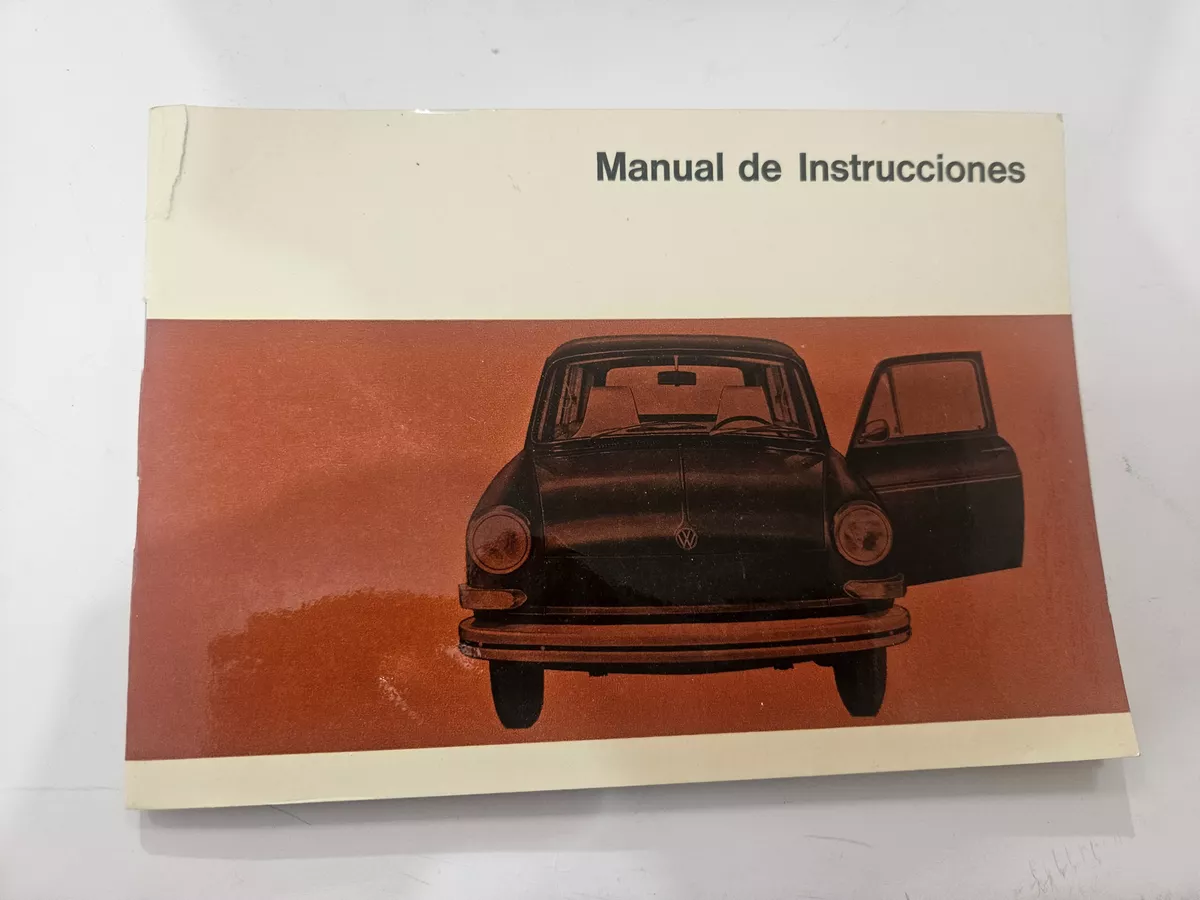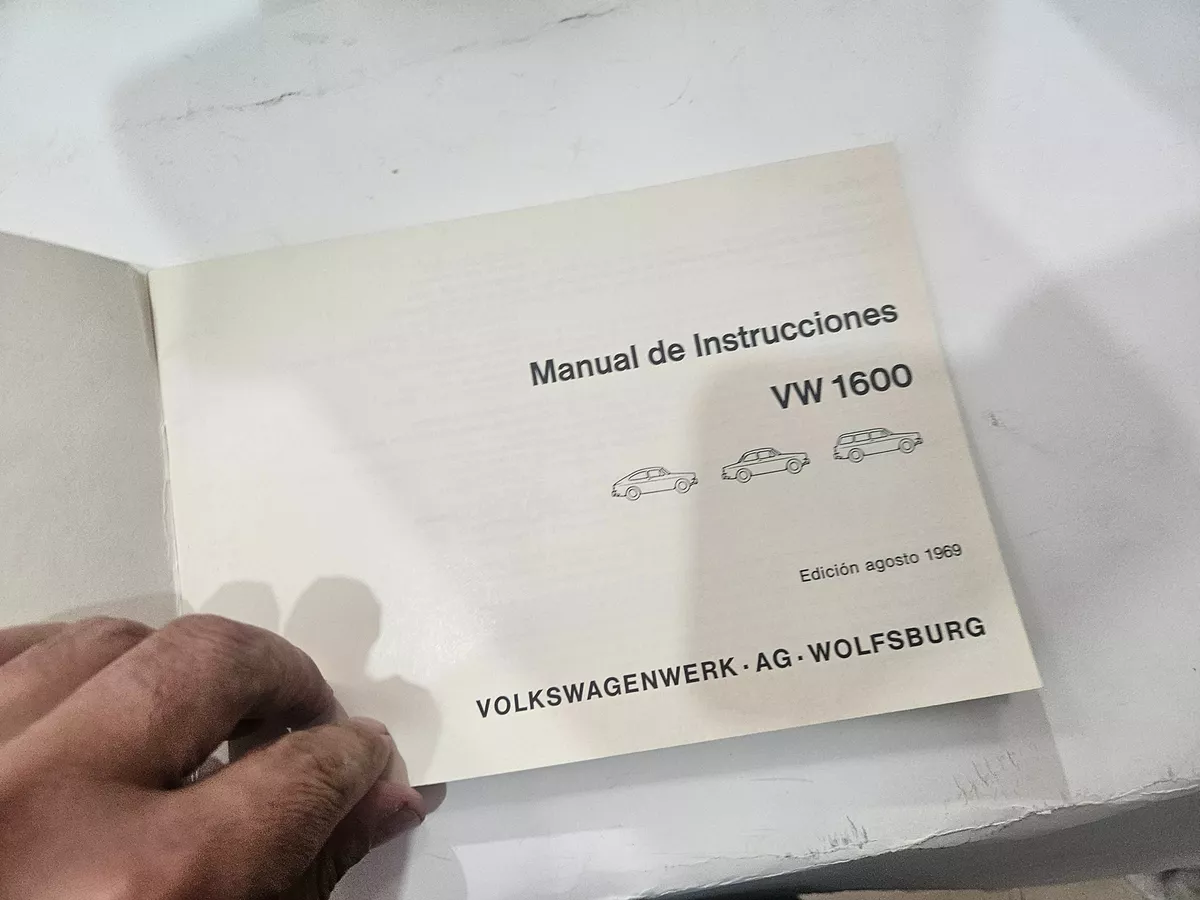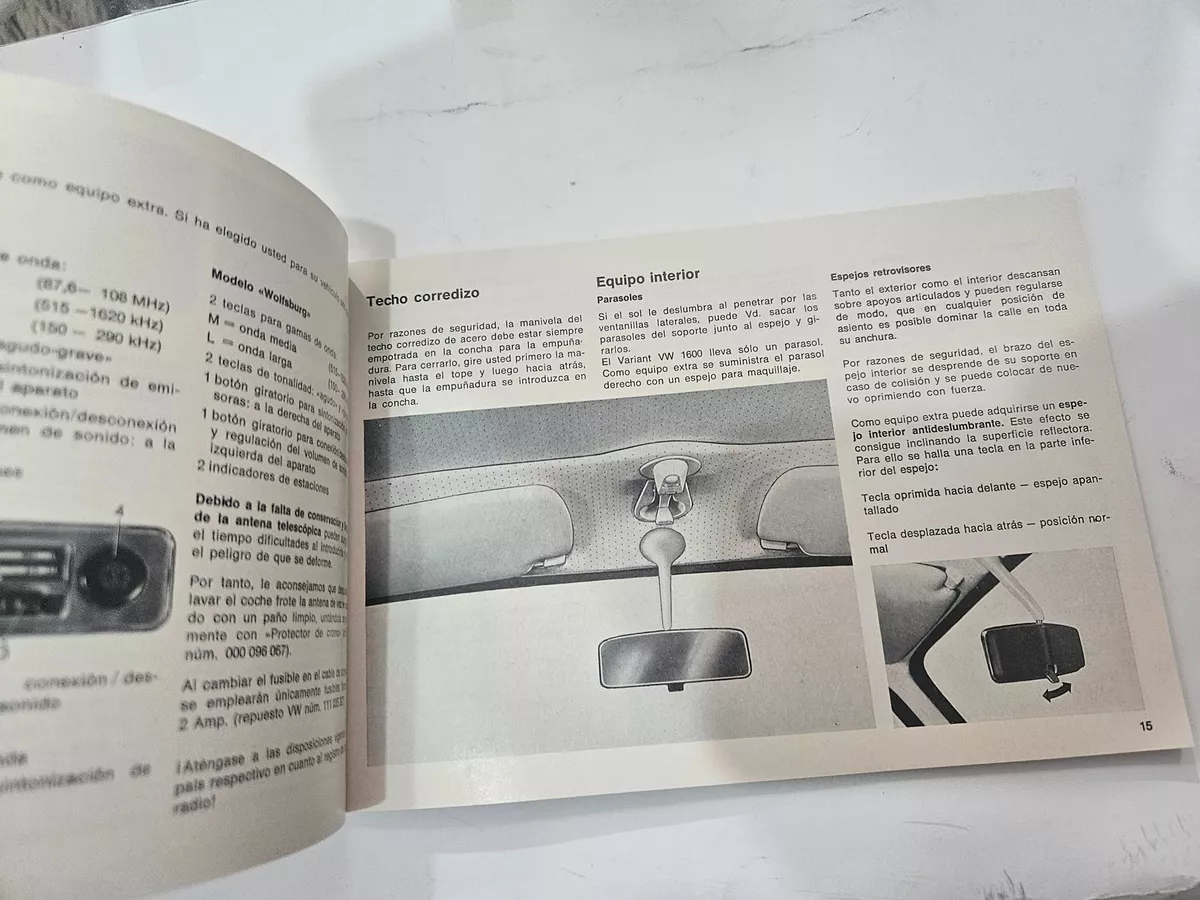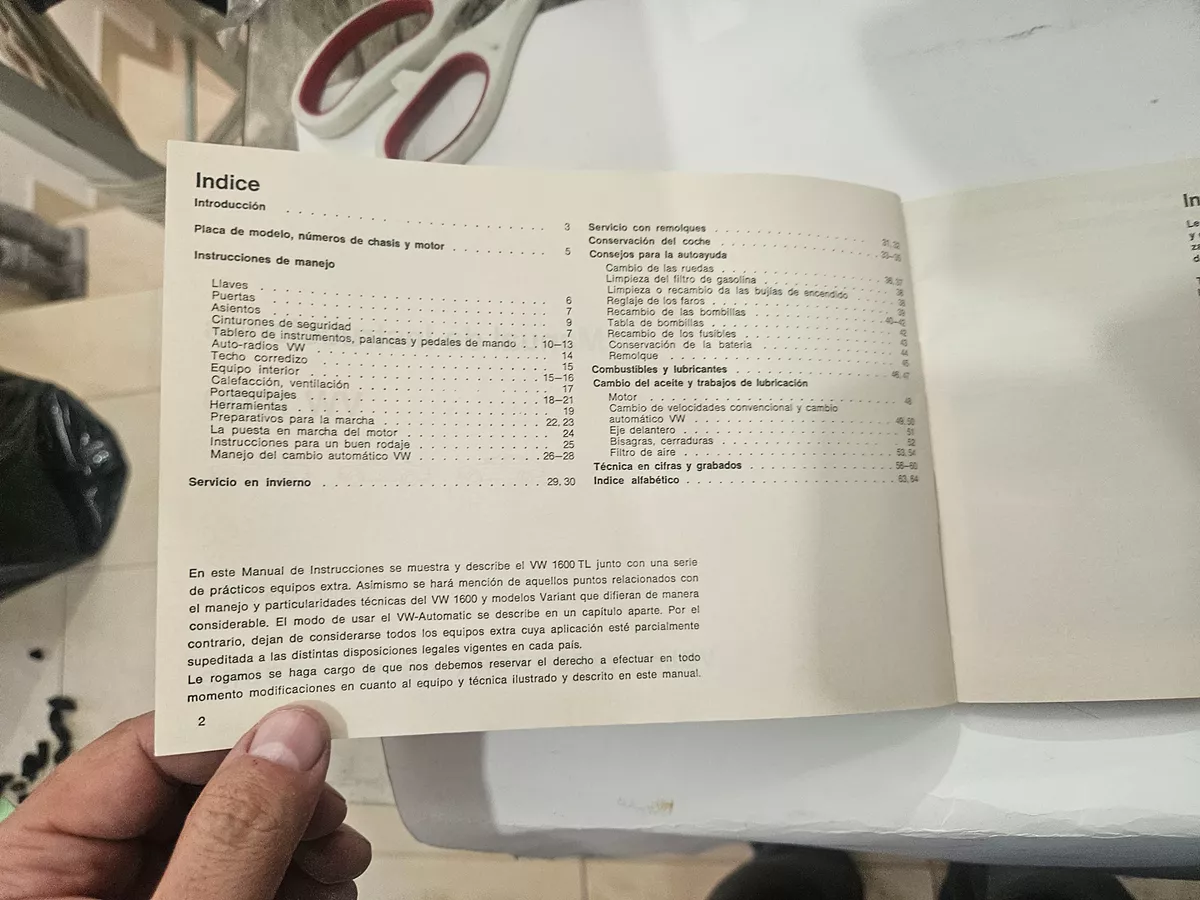Manifiesto de un Hacker Mexicano Autodidacta — por Roberto
1. Hackear para sobrevivir
No aprendí a programar por moda. Lo hice porque necesitaba comer.
Mientras muchos esperaban validación académica o un título, yo tomé el camino más directo: aprender lo necesario, en el momento necesario, para resolver problemas reales. Durante la huelga del 2000, me metí a trabajar en ICM.com sin saber programar. Aprendí Visual Basic, Visual++, C++. Luego enseñé a otros lo que recién había aprendido. Aprendí enseñando. Sobreviví aprendiendo.
2. Aprender sin permiso
Nunca esperé que alguien me diera acceso a las llaves del conocimiento. En la Facultad de Ciencias, los libros de programación estaban ahí, pero nadie los tocaba. Eran libros con portadas de animales de O'Reilly. No entendía nada al principio, pero los tomé. Los estudié. Me los devoré. Mientras estudiaba física, me abría camino por las terminales, los lenguajes, los sistemas. Lo hice sin permiso, porque el conocimiento no se pide: se toma.
3. La eficiencia evita la fatiga
He trabajado en Estados Unidos, en ICM.COM, en Walmart, en HP. Pero sobre todo, he trabajado para mí mismo. Aprendí que cada sistema nuevo debe entenderse, dominarse y luego automatizarse. Porque cada segundo ahorrado es energía que puedo usar para vivir mejor. Hackear no es sólo romper cosas. Es diseñar flujos inteligentes. Es aprender cómo el mundo funciona… y hacerlo funcionar a tu favor.
4. No programo sistemas. Los hackeo.
Una vez, en Capital One, mis compañeros debatían sobre Go, Java, SpringBoot. Me preguntaron si me interesaba entrar a Mercado Libre. Les dije: "Yo no trabajo en Mercado Libre. Yo vendo en Mercado Libre." Se quedaron callados. Y luego vinieron las bromas. Decían que mi nombre, Roberto, era sinónimo de "robar". Se burlaban de que vendía cosas usadas. No entendieron que lo mío era darles una segunda vida. No entendieron que mientras ellos buscaban entrar al sistema, yo ya lo había hackeado desde fuera.
5. Jugar en otra liga
Yo tenía dos trabajos. ICM.COM no sabía de Capital One. Capital One no sabía de ICM.COM. Mientras mis compañeros hablaban de frameworks, yo ya tenía varias fuentes de ingreso funcionando. No se los dije con soberbia. Lo dije con naturalidad. Pero aprendí que a veces, la verdad incómoda genera rechazo. Y está bien. Yo aprendí a no depender de nadie. Las empresas no te cuidan cuando te caes. Por eso me cuido yo.
6. El código paga la renta
A veces con un contrato. A veces con un script que automatiza publicaciones. A veces con una venta en Amazon o Mercado Libre. No me da pena. Me da orgullo. Porque no todos entienden cómo vivir del sistema sin volverse esclavo de él. El verdadero hacker no es el que sabe más, es el que vive libre. Y yo, con todos mis errores y mis aciertos, vivo bajo mis propias reglas. Como muestra, ahí está el flujo de efectivo que obtengo. De ahí come mi , de ahí comió también MM. Aunque ella nunca lo reconoció. Pero no importa. Porque yo aprendí que el sistema no tiene compasión. En Bancomer me corrieron cuando me rompí la boca, con depresión, con dolor físico, y les dio igual. Desde ahí juré que velaría por mí mismo, por mi dignidad, y por mi libertad.
7. Los libros y los aparatos como capital
Curiosamente, Jeff Bezos empezó con libros. Y los libros siguen vendiéndose, porque tienen un valor intrínseco. El PDF no es lo mismo que un libro en tus manos. Desde que te cansa más la vista leer en pantalla, hasta que puedes anotar, subrayar, y saborear el papel. Yo he vendido cientos, miles. Libros antiguos, técnicos, raros. Cada uno representa conocimiento, historia, dinero en potencia.
Y los aparatos también. La vida es aparatos. Todo el mundo los usa, los desecha, los olvida. Yo los rescato, los revendo, los estudio. Porque detrás de cada aparato hay circuitos, lógica, posibilidad. Mi idea es hackearlos, entenderlos, y algún día construir con ellos un buen robot. Quizá no sea un robot perfecto. Pero será mío. Y será libre.
8. El hack desde el fondo
Mi hack más importante no nació en una consola, ni en un editor de código. Nació cuando me rompí la boca. Cuando toqué fondo. Cuando la empresa me desechó como un archivo corrupto. Ahí, en ese silencio, entendí el sistema. Y ya no volví a confiar ciegamente.
El verdadero hack es no depender. No de una empresa, no de un ingreso, no de una sola habilidad. El verdadero hack es ser tu propio sistema. Autocontenido. Adaptable. Inquebrantable. Como dijo Cardone con su 10X, como enseñan los gigantes: piensa en grande, actúa en grande, vive en grande. Pero yo lo viví desde otro ángulo: desde el suelo. Desde el dolor. Desde el hambre. Por eso es real. Por eso es mío.
Este hack no se aprende leyendo. Se aprende cayendo. Y levantándose diferente.
9. Reencuentro con el fuego original
Después de años de trabajar para empresas, proyectos, y deadlines, estoy regresando a ese fuego que me impulsó desde niño: las ganas de entenderlo todo. De saber cómo funciona el sistema para poder modificarlo. De volver a mirar esos libros, esos scripts, ese conocimiento oculto. De retomar la cultura hacker no como moda, sino como forma de vida.
10. Mi hack más importante
No fue un exploit. No fue un bug. No fue una venta.
Mi hack más importante fue entender que no necesitaba ser el mejor en un lenguaje, sino el mejor en adaptarme, sobrevivir y conectar todo lo que sé para vivir libre. Mi hack fue entender que el sistema no se rompe gritando. Se rompe usando su fuerza a tu favor.
11. El hacker que soy
Soy hacker porque aprendí por necesidad. Porque nunca pedí permiso. Porque no me resigné. Porque si un sistema no funcionaba, lo arreglaba. Y si no existía, lo creaba. Porque no me vendí. Porque sigo aquí, con mis libros, mis ideas, mis ventas, mis proyectos. Y sobre todo, con la libertad de hacer que el sistema trabaje para mí.
Hack the world. Desde aquí. Desde siempre.




.png)






































